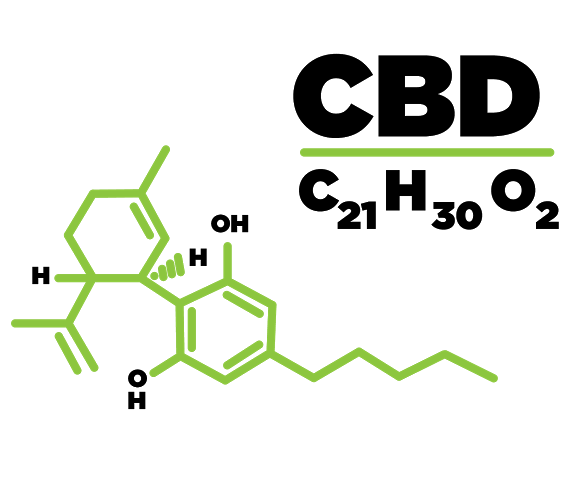[vc_row][vc_column][vc_custom_heading source=”post_title” font_container=”tag:h1|text_align:left” use_theme_fonts=”yes”][/vc_column][/vc_row][vc_row][vc_column][vc_single_image image=”286″ img_size=”full” alignment=”center”][vc_column_text]
What is CBD?
Though most people are interested in cannabis products for their recreational, psychoactive uses, marijuana affects the user in more ways than one. While THC gives you the traditional ‘high” feeling, a different cannabinoid called CBD can offer other effects with minimal psychoactive effects.
How does it affect the body?
When ingested, CBD (which stands for Cannabidiol) molecules attach to cannabinoid receptors in your brain. Even though it attaches to the same receptors as THC, it has a very different effect on the user. Because of its reduced psychoactivity and other positive effects, a strain with a high percentage of CBD will tend to give you a more mellow, relaxing body high. If you’re looking for a more intense, cerebral experience, you may want to look for a strain with high THC content. For more information about THC, follow this link.
http://www.truthonpot.com/2014/09/24/5-differences-between-cbd-vs-thc/
Mechoulam R, Parker LA, Gallily R (November 2002). “Cannabidiol: an overview of some pharmacological aspects”. J Clin Pharmacol (Review) 42 (11 Suppl): 11S–19S. doi:10.1177/0091270002238789. PMID 12412831.
http://www.leafscience.com/2014/03/16/6-surprising-facts-thc/
Howlett AC (August 2002). “The cannabinoid receptors”. Prostaglandins Other Lipid Mediat. 68-69: 619–31. doi:10.1016/S0090-6980(02)00060-6. PMID 12432948.[/vc_column_text][/vc_column][/vc_row]






